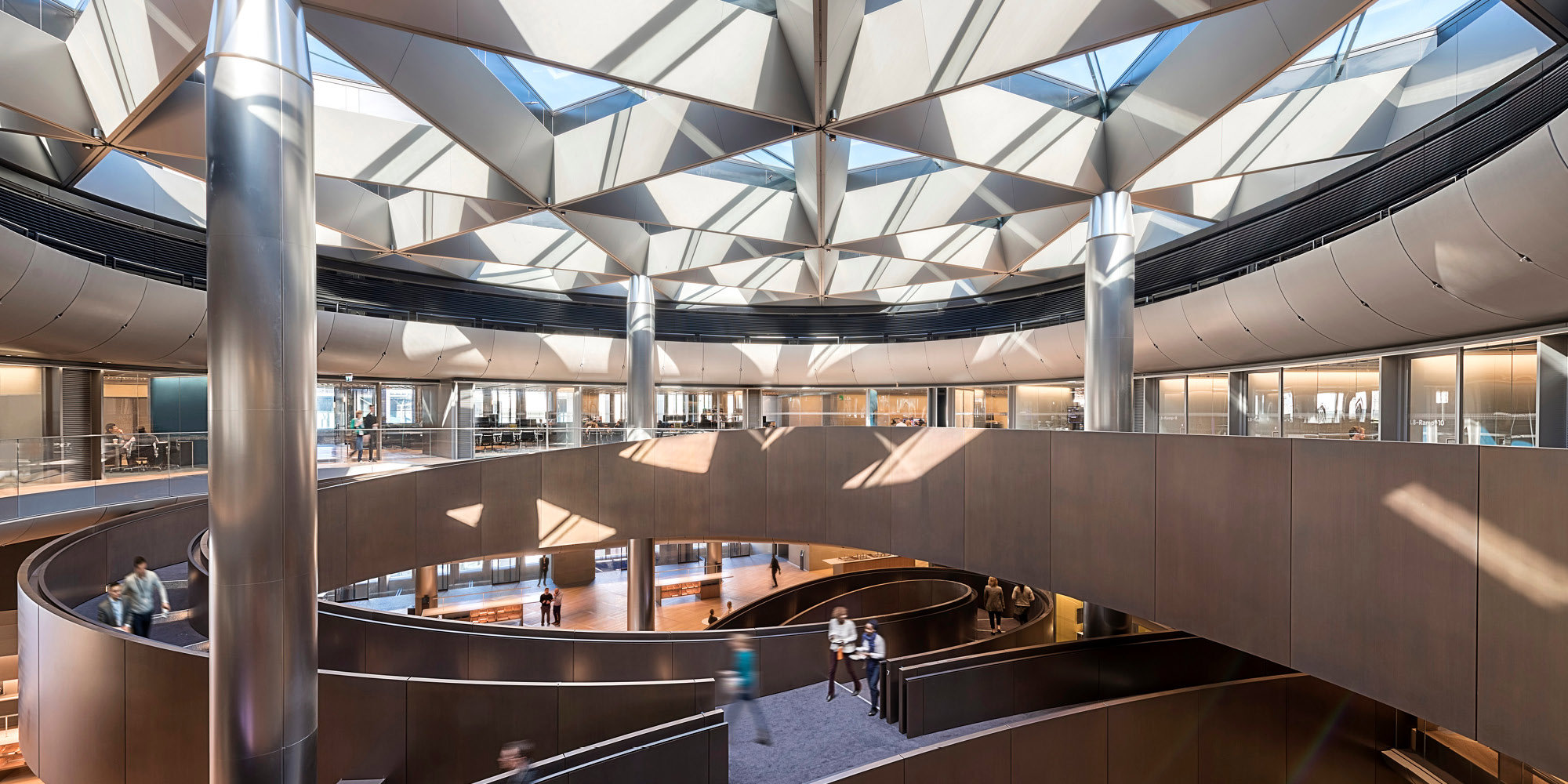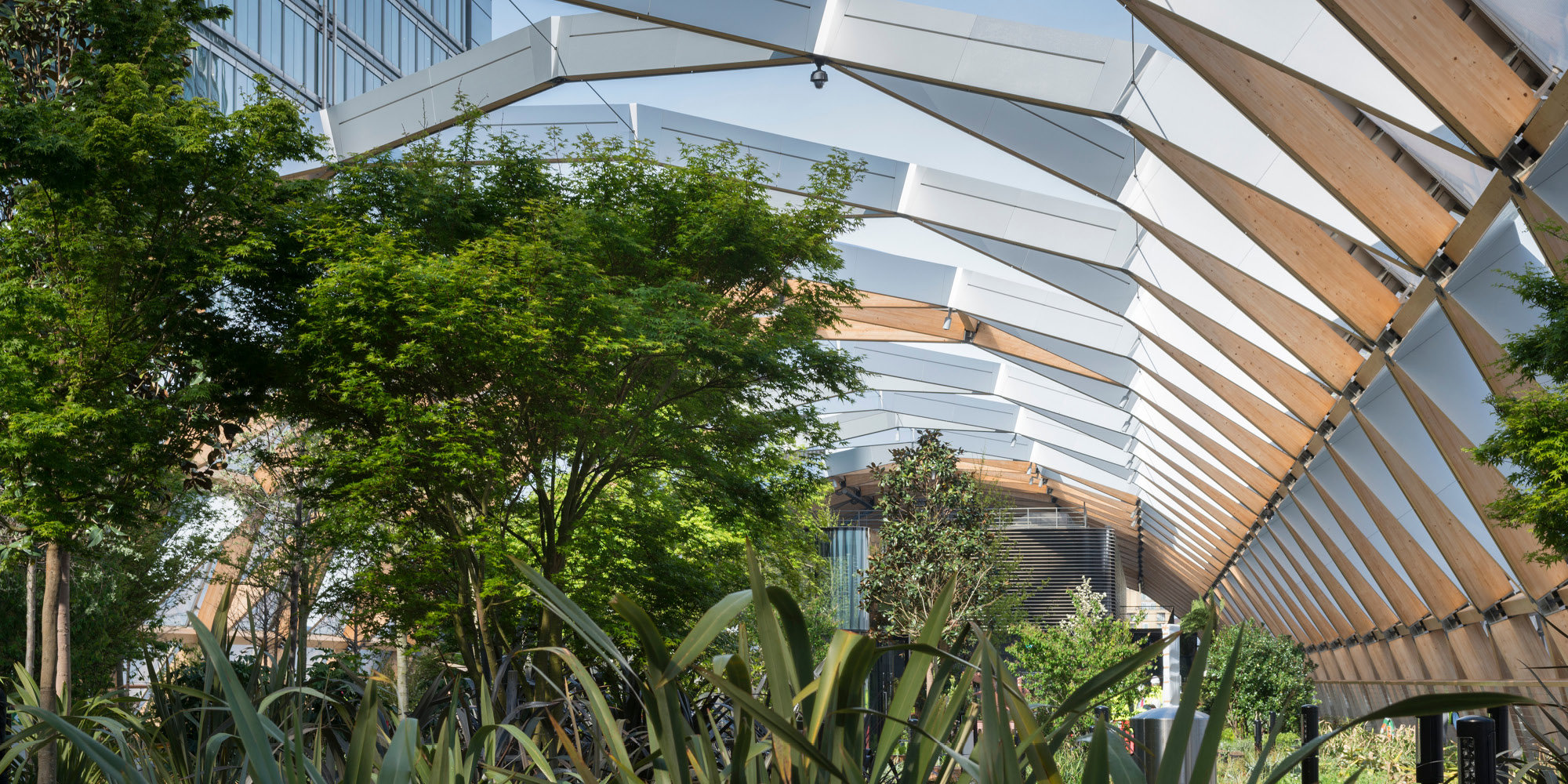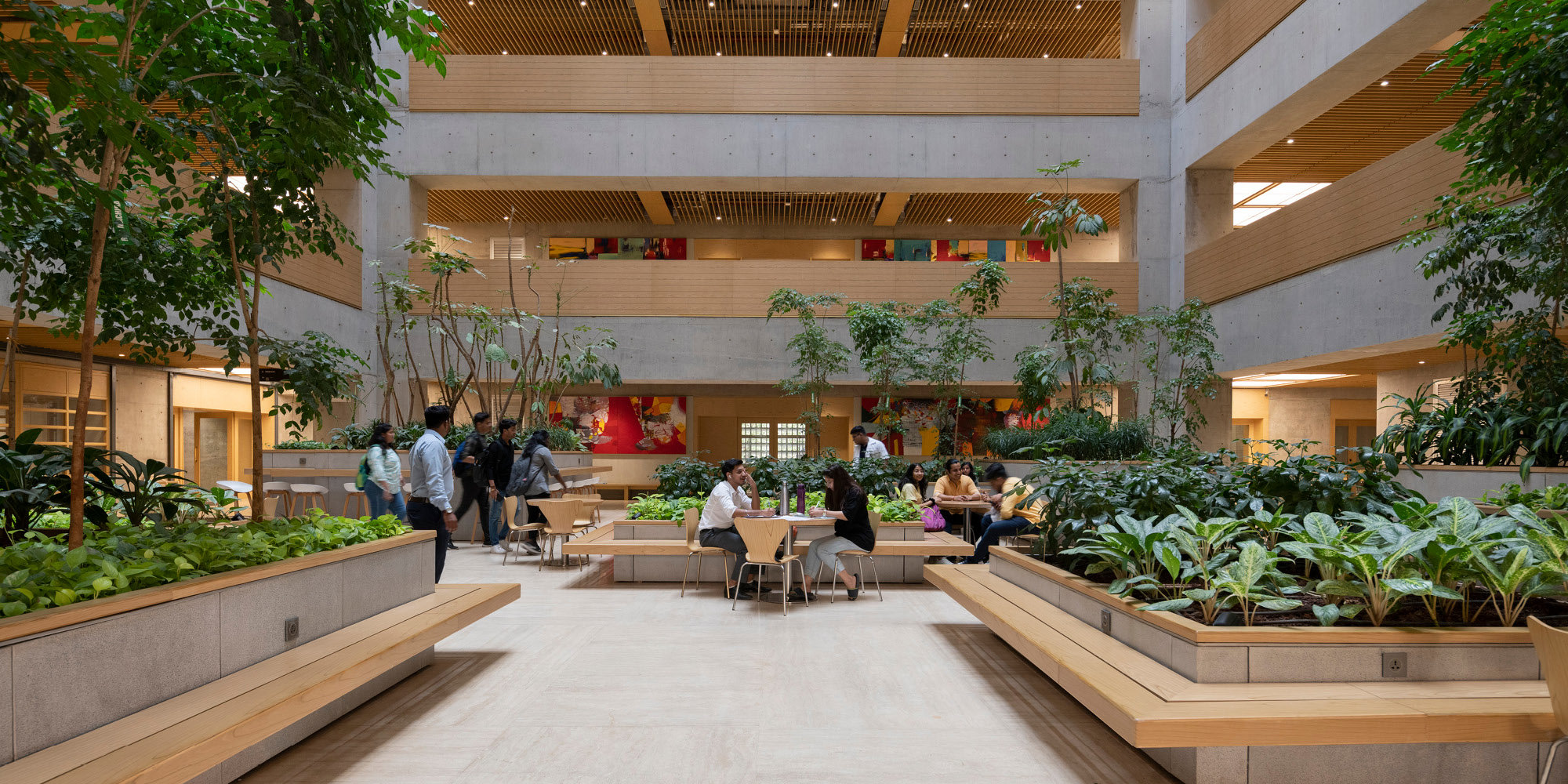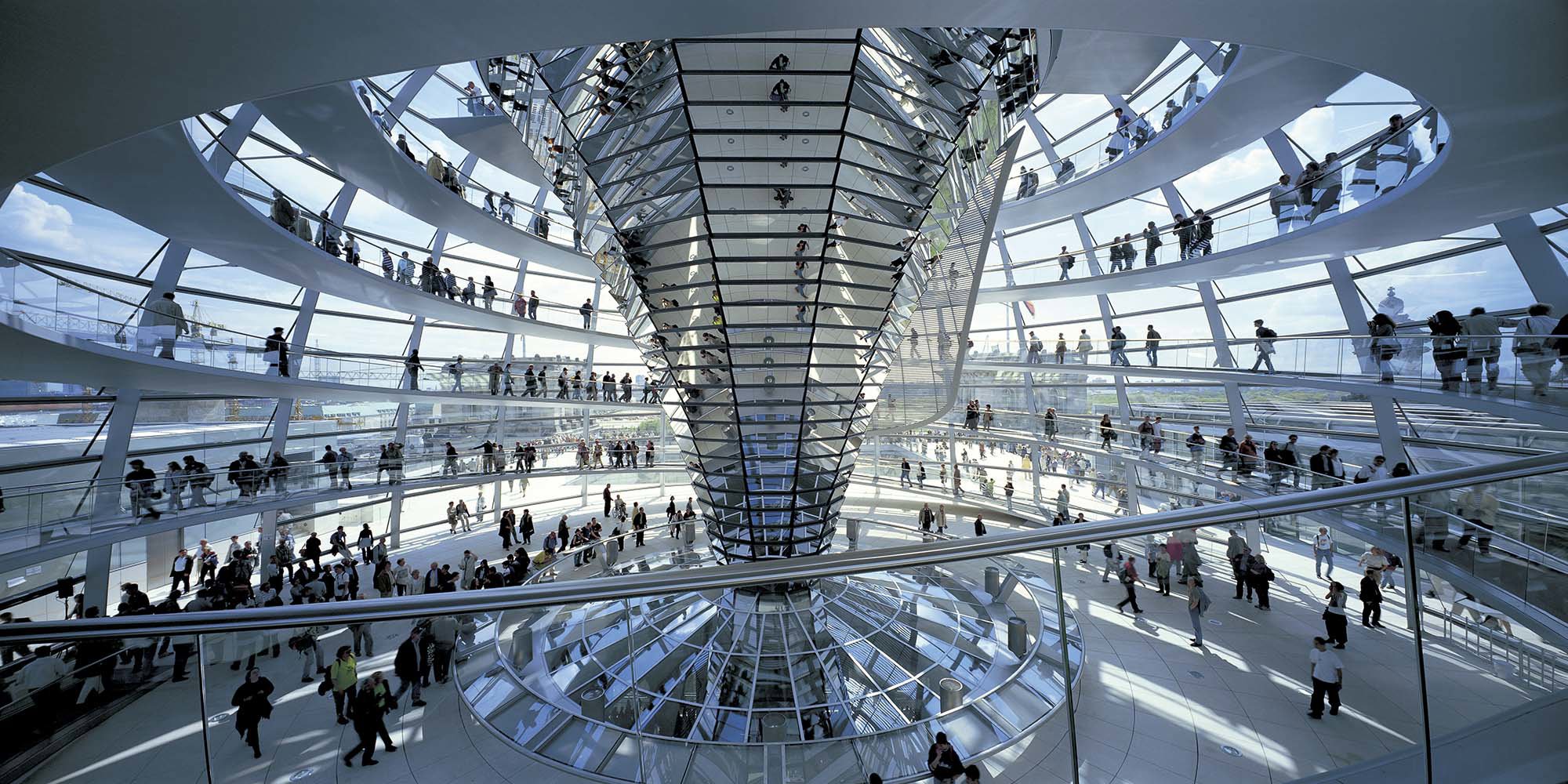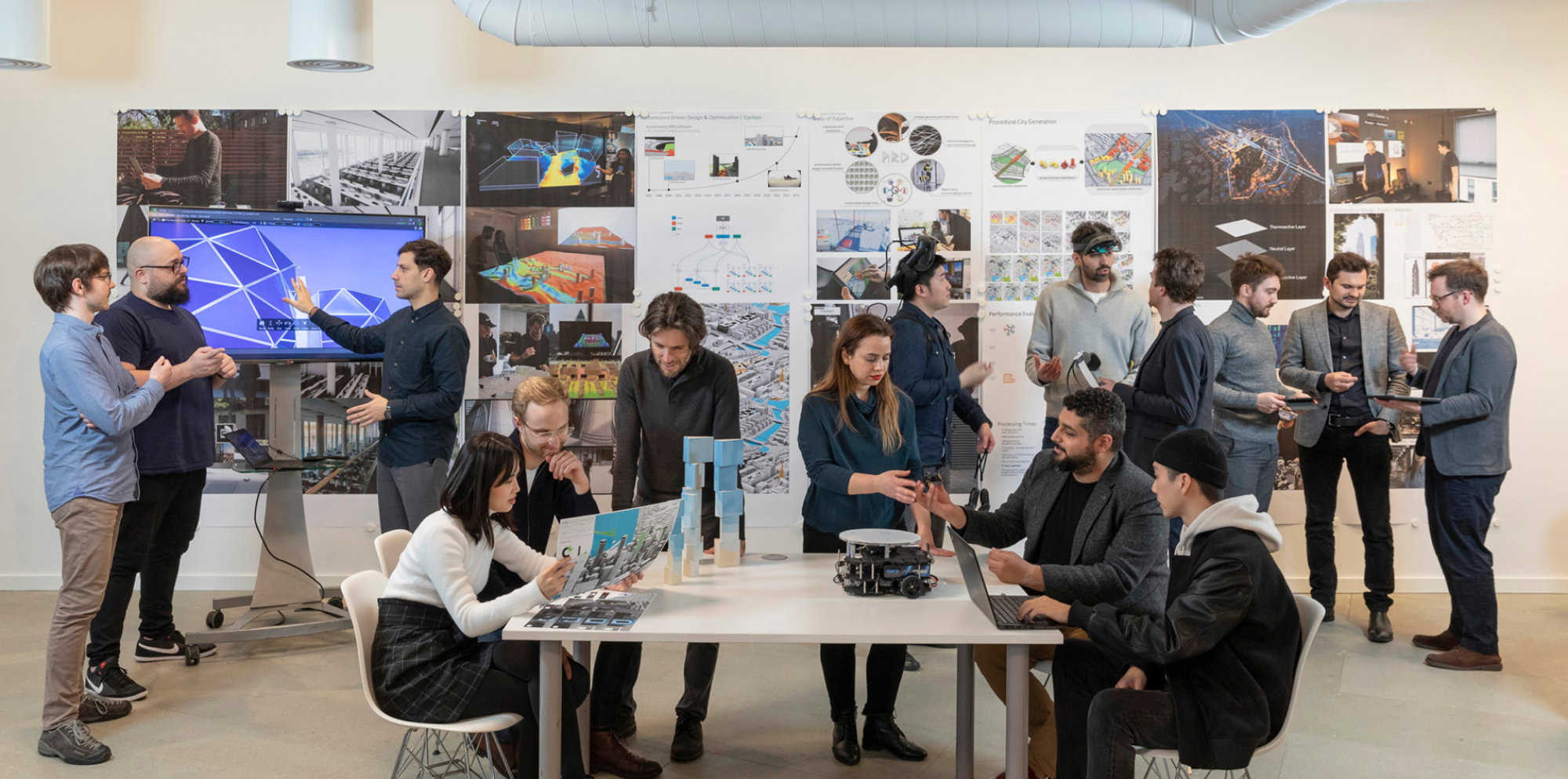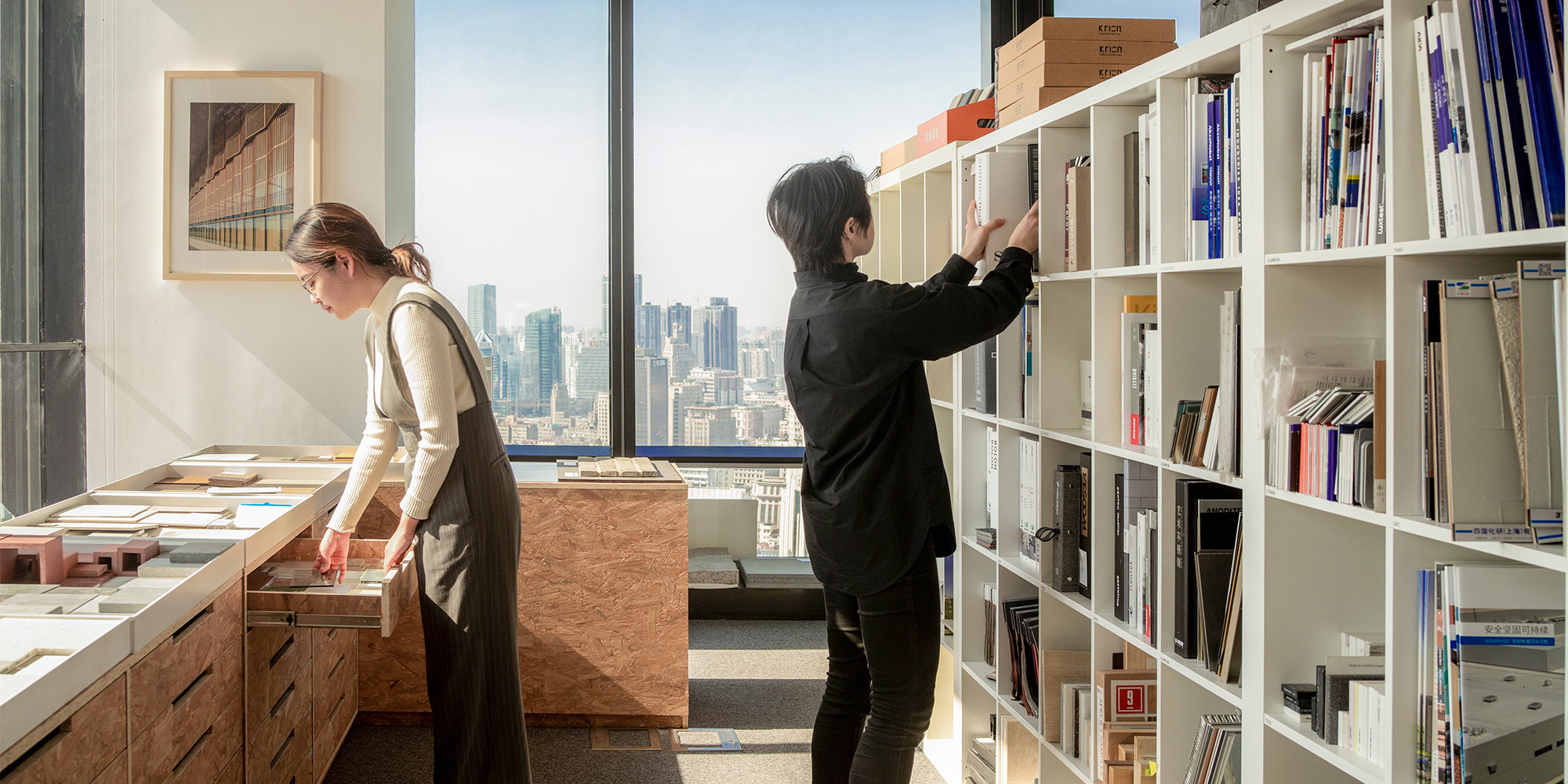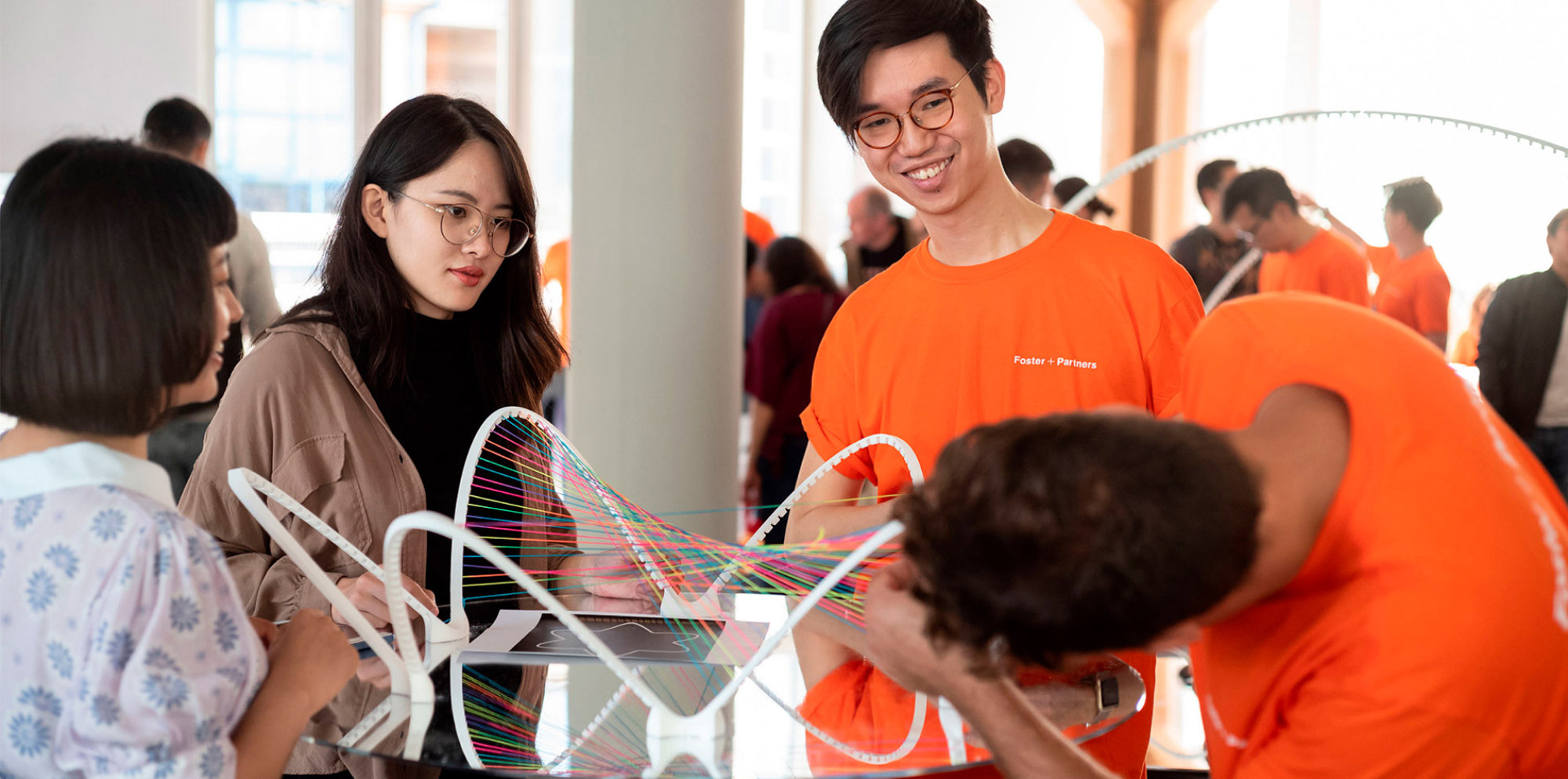The Princess Royal, who is the Chancellor of the University of London, will meet students, staff and others involved in the redevelopment of the building, home to the LSE's Library and new research facilities.
The LSE has the worlds largest and most important social sciences library. The redevelopment of the library rationalises the internal arrangement of the existing building, creating a light-filled, well organised and inspiring work place for students and staff. It safeguards the future of the Schools four million books by greatly improving environmental standards and guarantees the building a life well into the future.
It provides eight per cent more floor area and 500 additional student workplaces and new accommodation for the Schools interdisciplinary research laboratory. Orientation within the building is greatly improved by consolidating all vertical circulation within a central atrium.
The Lionel Robbins building, built 1916, was formerly the headquarters of WH Smith and Sons. It was acquired by the LSE in 1978 and converted into a library. The renovation retains the basic building fabric and does not alter the integrity of the facades; only the windows have been replaced because of their poor condition.
The buildings central lightwell has been converted into an atrium, allowing the floor area to be increased, circulation to be improved and daylight to be introduced into the heart of the building. This cylindrical space has been driven through to the basement and houses a stepped, helical ramp and a pair of glass lifts, which provide the main vertical circulation through the building.
Daylight is drawn in via a glazed dome, which caps the atrium. The dome is cut at an angle corresponding to the path of the mid-summer sun and the cutaway section is glazed to allow maximum daylight penetration without problems of glare and solar gain. The dome also assists natural ventilation: air drawn in through windows at the perimeter, rises naturally as it warms and escapes through vents in the domes glazing.
Book-stacks radiate from the atrium, creating clearly defined passageways. Quiet study places are positioned at the perimeter of each floor where they are separated from the main circulation routes by blocks of book-stacks, and part of the ground floor slab has been removed to create a light-filled, double-height basement study area.
The top two floors, including a new fifth floor, accommodates the Research Laboratory, an innovative centre for post-graduate research, which has its own entrance, a separate identity and signage system, and a dedicated passenger lift.
